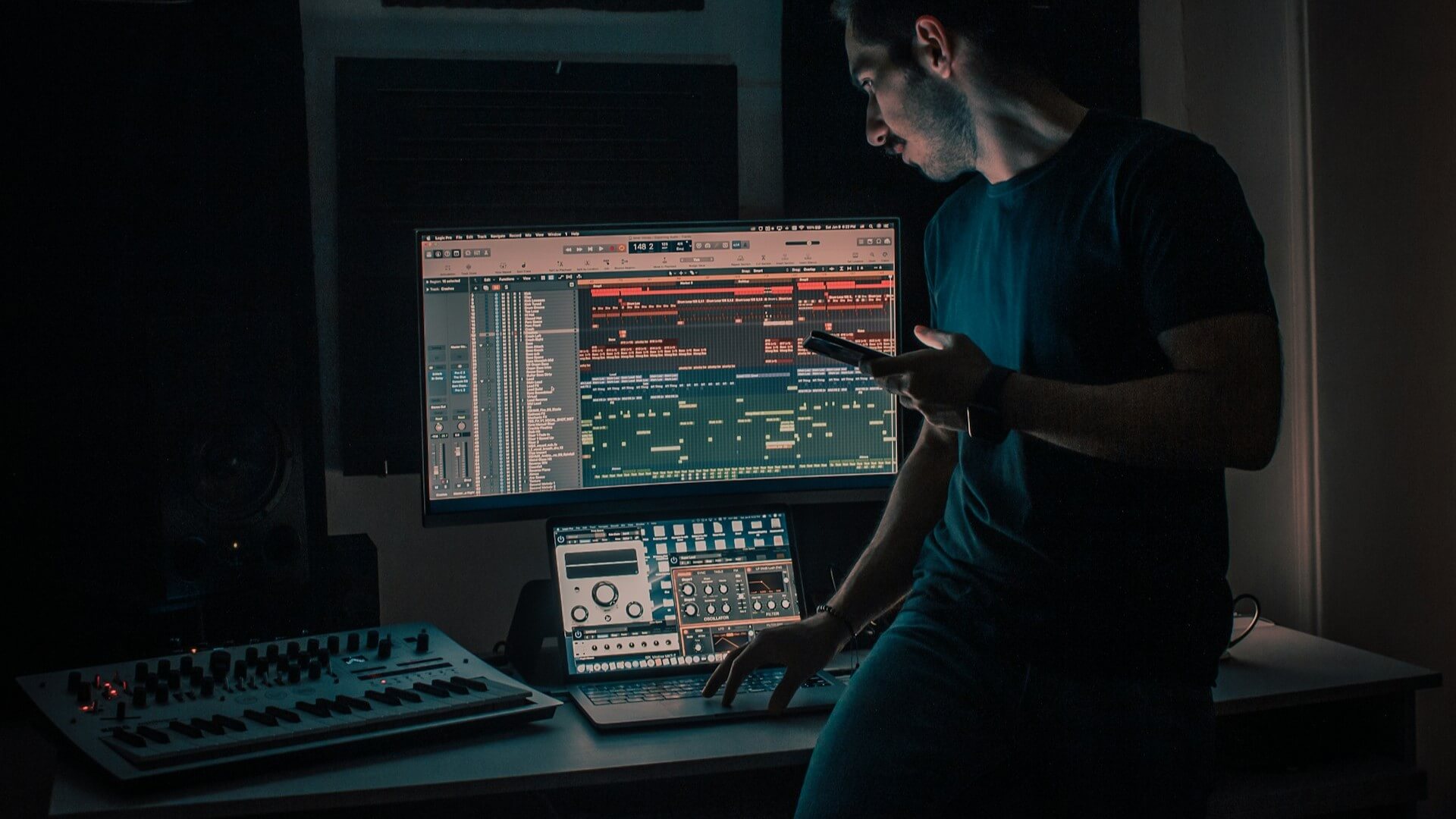
An artist is one who uses all his talents, imagination, and skills to create the works, which may mean to give a message or provoke thought, or simply show beauty. From visual art to music, writing, dance, and performance, artists shape the culture that impacts the society. Over time, geography, or space, the works made by them provide a voice for the voiceless as well as the visual explanation of a historical moment in time.
Definition of an Artist
Many people think that the term “artist” is strictly limited to painters and sculptors, but the word really covers a much broader spectrum of disciplines. An artist, in essence, is someone who puts out some creative effort to try and express emotions, ideas, or experiences. These are:
Visual Artists: Painters, sculptors, photographers, graphic designers, and illustrators who work in visual mediums, using a canvas, clay, digital images, or even words to convey their message.
Performer artists: Actors, musically talented people, dance performers, and actors perform their actions and sounds live. Performance art is very dominant by theater, dance performances, musical compositions, and even street performances.
Literary Artist: A writer, poet, and/or a novelist or novelistic style writer of essays, novels, or other similar works.
Multimedia and Digital Artists: Nowadays, concerning the digital use of instruments, artists working in computer graphics, digital paintings and drawings, video art and virtual reality are popular.
Effects of Artists on Societies
Artists are reflective glasses of society; that is to say, they reflect its values, struggles, and aspirations. Influence can be very profound from artists not only on the art world but even the cultural, social, and political landscapes. In other words, here is how artists impact society.
Cultural Reflection: In their work, artists capture the essence of different cultures. They tell stories that are lost in time. Paintings, films, or literature all preserve traditions, heritage, and cultural practices for future generations to appreciate.
Raising Awareness: Many artists make an opportunity to discuss the various problems, issues of injustice and those environmental, which raises more consciousness among the public, particularly on such issues like Picasso’s Guernica or Bob Dylan’s music for issues regarding war and civil rights, among others.
Challenging the Status Quo: Throughout history, artists have fought against the norms of society and given alternative views of the world. From rebellious art movements like Surrealism and Dadaism to modern street art, artists question the status quo and provoke people to think more critically.
Emotional Connection and Therapy: Art can be very emotive, comforting, joyful, or cathartic. Many people go to art as viewers or even as creators for therapeutic reasons. Art has been proven to have positive effects on mental health, reduce stress, and be an outlet for self-expression.
The Artistic Process of a Artist
Every artist’s approach is unique, but the basic artistic process involves several steps:
Inspiration: Art usually starts with inspiration-an idea, an emotion, a scene, or an experience that the artist wants to explore. It is where the creative journey begins and is sparked.
Experimentation: Many artists spend quite some time experimenting with a variety of techniques, styles, and materials. During this phase, they often find their unique voice and style of expression.
Creation: Armed with an idea, they now set to work. Sketching, sculpting, composing, or filming, these are areas of their work that would be highly labor intensive and where expertise lies.
Revisions: Such as in other creative’s, the work is normally taken in revision. The editing, refining, and even sometimes even thought about ideas in certain parts of their work just to make it just right.
Conclusion and Self-Analysis: The artist reflects on the work produced upon completion. Their work is usually shared with other people; this can happen in a gallery, in an exhibition, or as part of a print publication.
Problems with Which the Artist Has to Cope
It does not appear always that the life of the artist is glamorous. There are many problems with which the artist will be faced
Financial Insecurity: Many artists are unable to have a financial security base because many of them are either starting their careers or outside the commercial art business. It is very difficult for them to sustain themselves if they want to be a serious full-time artist.
Lack of Recognition: A lot of the work that is created is not viewed. Artists will normally be behind the scenes and might not receive proper recognition until later in life.
Creative Blocks: Like any other artist, at some point they experience a period in which creative blocks are achieved where their ideas do not come forth as they were first. Breaking the block takes more time and frustrating too.
Social and Cultural Obstacles: Artists have always pushed many limits. A few communities oppose change, so artists have had censorship and criticism.Artists are the visionaries, innovators, and the storytellers that make our world rich with creativity. They offer us a unique lens to look through the world in an understanding way and appreciate what surrounds us. They might paint, perform, or write. Artists inspire change, provoke thought, and comfort people. Therefore, artists can never be underestimated as they influence culture and shape society over many generations. So the next time you see a work of art, take a minute to consider the story, emotion, or message behind it, probably the product of much passion, effort, and insight from an artist. Contact Vicki Davidson Artist for more information.



